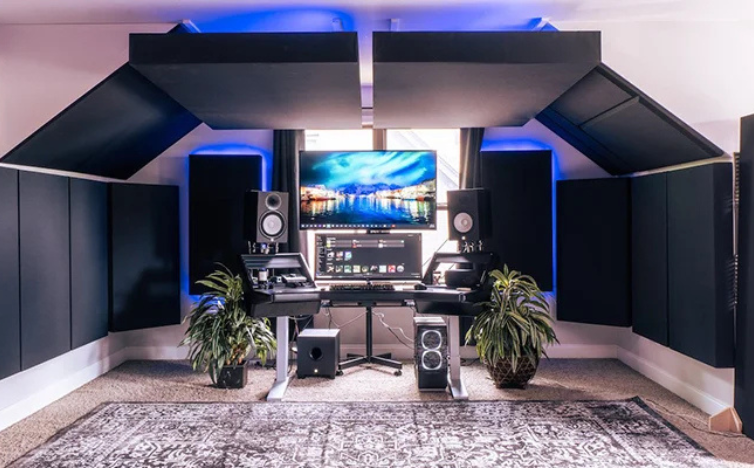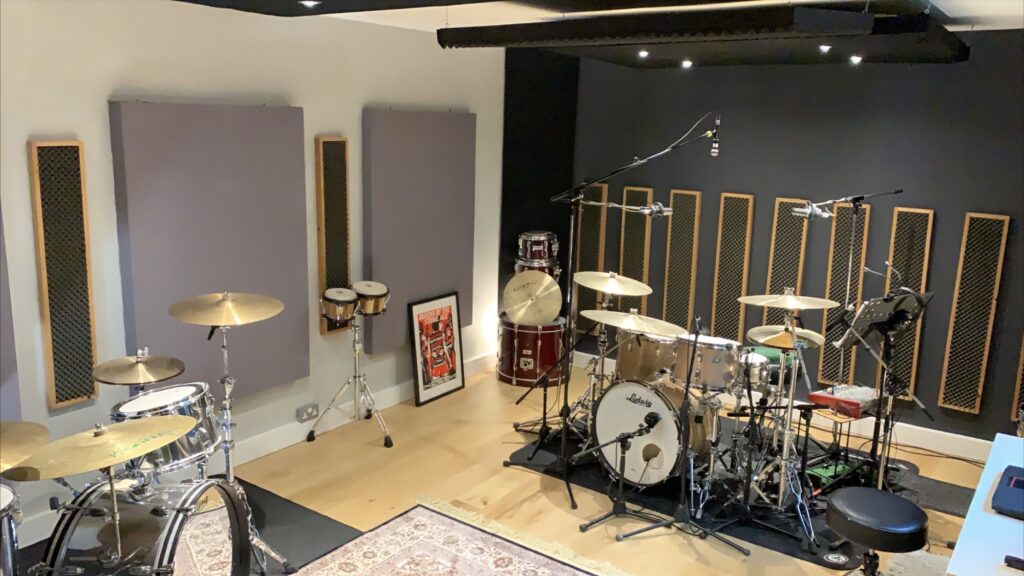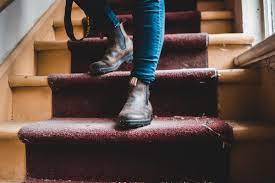Recording studios serve as the creative playground for artists, where the technical and creative aspects of music come together. A well-designed acoustic space not only affects the audio quality but also the comfort, focus, and overall performance of the artist. This article dives into how an acoustic studio design influences an artist’s performance, creativity, and productivity.
Importance of Acoustic Design in Recording Studios
Recording studio design is much more than aesthetics; it revolves around creating an environment conducive to high-quality sound production. Acoustic design aims to manage sound reflection, diffusion, and absorption, ensuring accurate sound capture and playback. Without these factors in place, sound quality suffers, which can hinder an artist’s performance, as they often rely on clear feedback to adjust and enhance their musical delivery.
How Studio Acoustics Affect Sound Quality
A studio’s acoustic properties are central to the sound quality of recordings. Properly treated walls, ceilings, and floors can minimize echo, reverb, and unwanted noise. Soundproofing and absorbing panels help to control sound reflection and diffusion, creating a balanced environment that allows the artist to hear true sound without distortions. When artists can hear themselves and their instruments clearly, they are more likely to deliver accurate and authentic performances.

Creating Comfort for Enhanced Focus
The design of a studio can significantly impact an artist’s comfort level. Acoustic treatments often include not just soundproofing but also comfort-oriented elements like temperature control, ergonomic furniture, and adequate space for movement. Artists who feel physically comfortable are more likely to stay focused, maintain energy, and produce more emotionally engaging performances. By ensuring the environment is distraction-free, studio design enables artists to fully immerse themselves in their creative process.
Fostering Creativity Through Visual and Acoustic Design
A well-designed studio does more than provide excellent acoustics; it also creates a visually appealing and inspiring atmosphere. Artists are often sensitive to their surroundings, and a thoughtfully designed space with mood lighting, interesting textures, and visually calming colors can positively influence their creative process. Combining visual appeal with optimal acoustics allows artists to feel at ease and inspired, enhancing their ability to create unique, expressive music.
See Also: Why Acoustic Treatment Is Essential for Recording Studios
Psychological Impact of Isolation and Sound Control
Sound isolation is key in recording studios, as it prevents external noises from seeping into recordings. High levels of soundproofing keep unwanted noise out, allowing the artist to focus solely on their music without distractions. The psychological impact of isolation in a studio setting helps artists stay in a creative “flow” state, where they are entirely absorbed in their work. By minimizing external auditory interruptions, artists can achieve a higher level of mental focus, improving their performance quality.
Encouraging Experimentation and Risk-Taking
An acoustically optimized studio provides a controlled environment where artists feel safe to experiment with different sounds and styles. In spaces with poor acoustics, artists may feel limited, as they cannot hear the full potential of their work. However, when sound is accurately represented, artists are more willing to explore new musical techniques and ideas. This freedom encourages creativity, pushing artists to take risks that can lead to groundbreaking performances and recordings.
See Also: 9 Benefits of Acoustic Panels for Your Recording Studio
The Role of Equipment Placement in Acoustic Design
Where equipment is placed within a recording studio also affects sound quality and artist performance. Sound engineers often arrange equipment based on the room’s acoustic profile, ensuring that microphones, monitors, and instruments are positioned for optimal sound capture. Strategic equipment placement reduces feedback and helps artists feel connected to their sound. This careful attention to layout supports the artist in delivering consistent, high-quality performances.
Call us: Contact Waseem Technical Soundproofing Expert in Dubai For Soundproofing: +971 50 209 7517
Conclusion
The design of an acoustic recording studio has a profound impact on artist performance. By managing sound quality, ensuring comfort, and fostering a creative atmosphere, studio design supports artists in delivering their best work. As the music industry continues to evolve, studios that prioritize high-quality acoustic design will remain instrumental in helping artists create memorable, impactful music.




